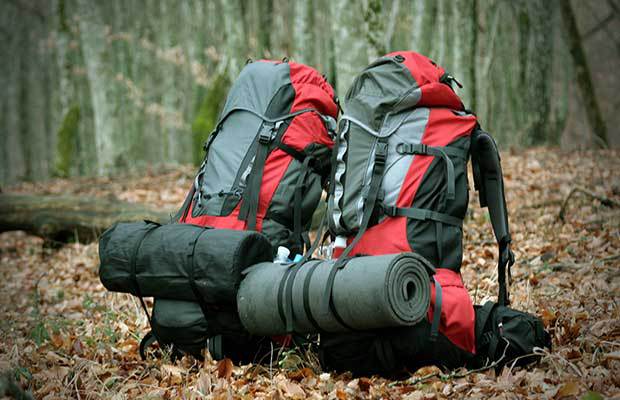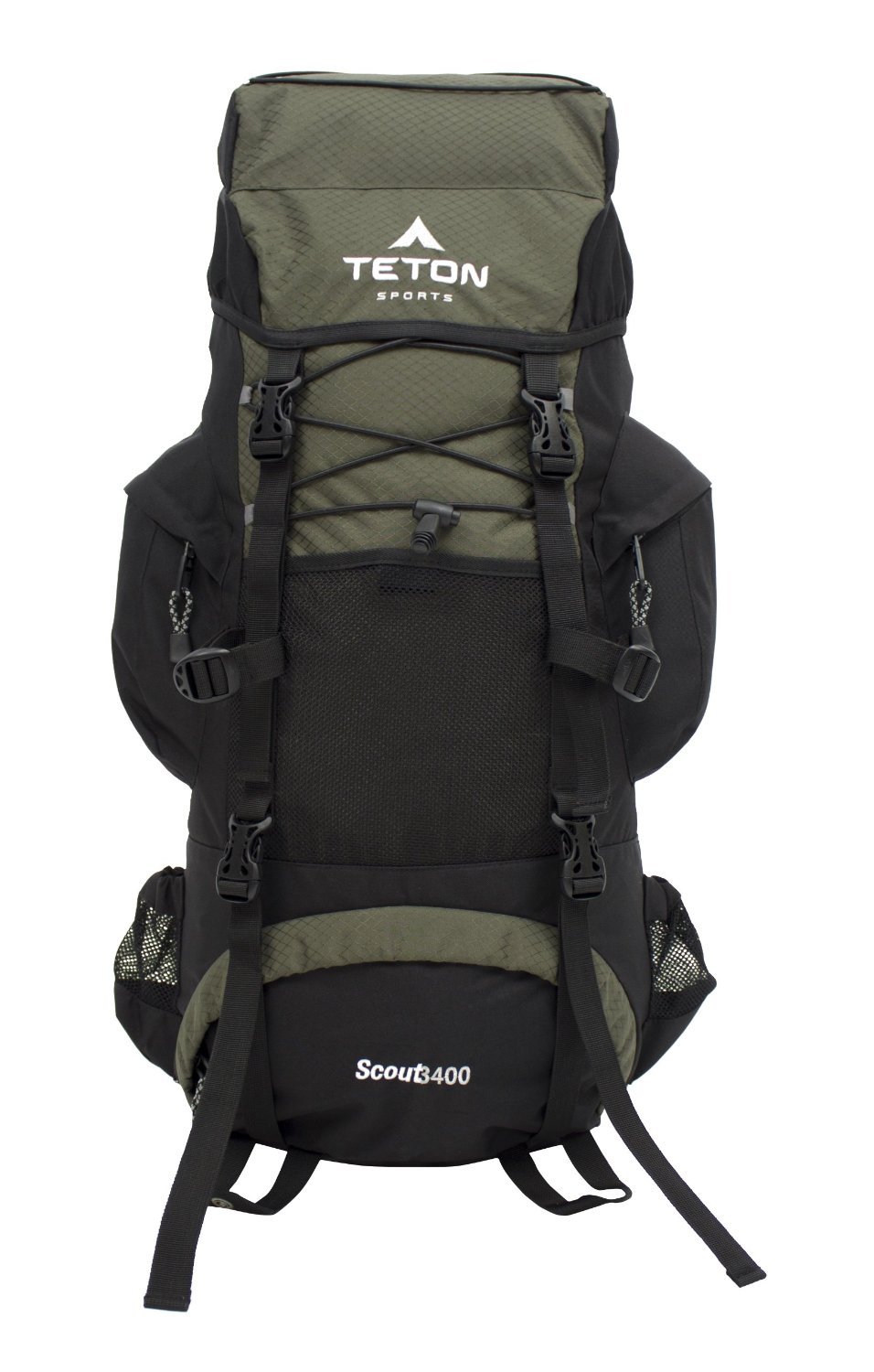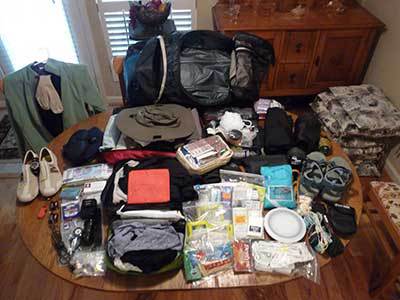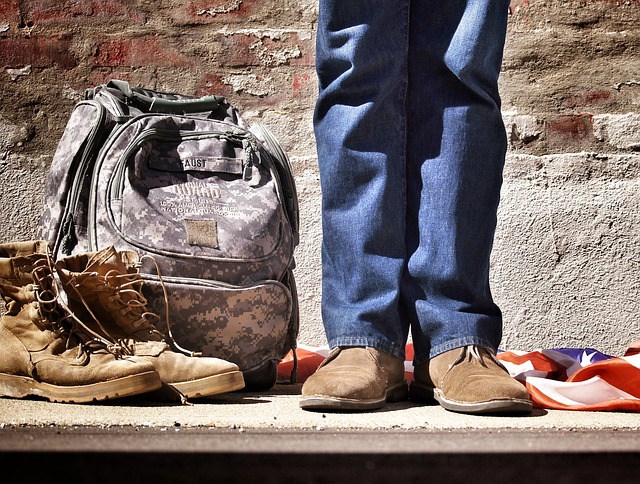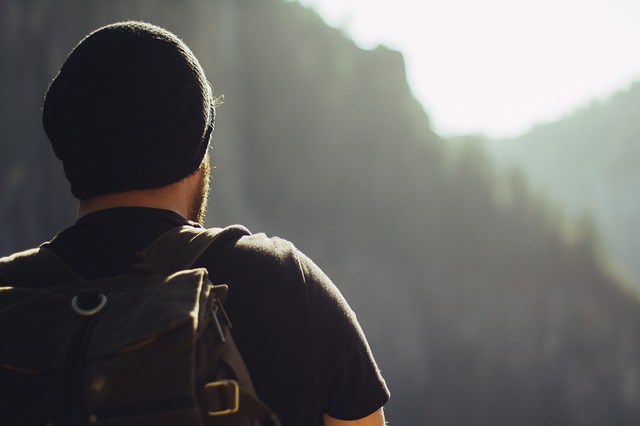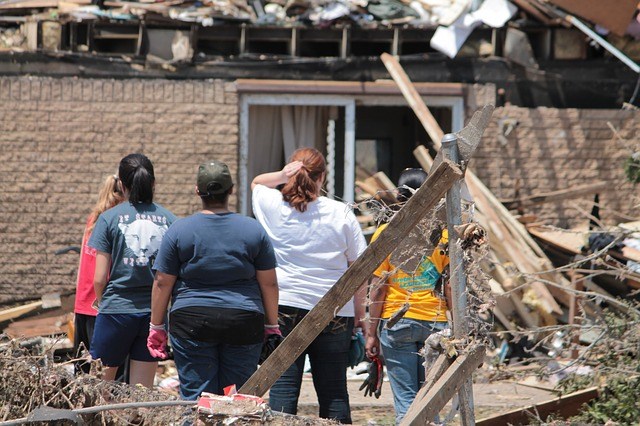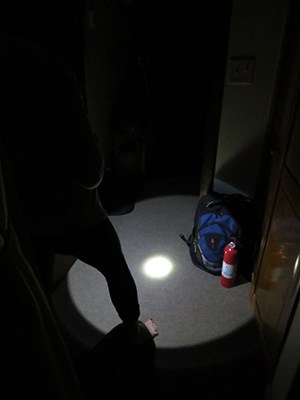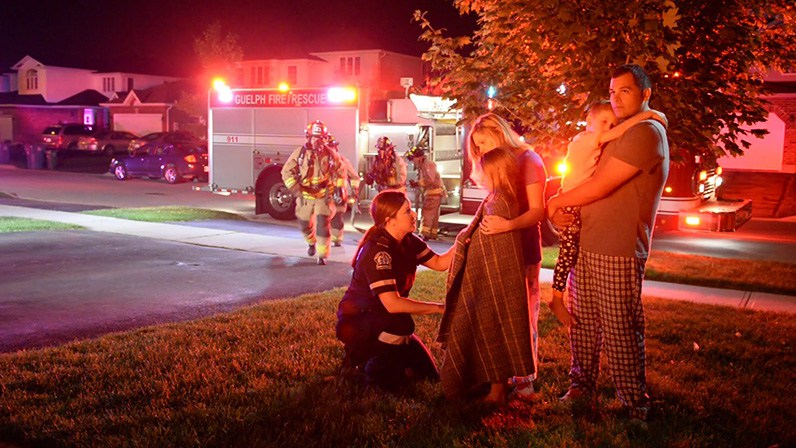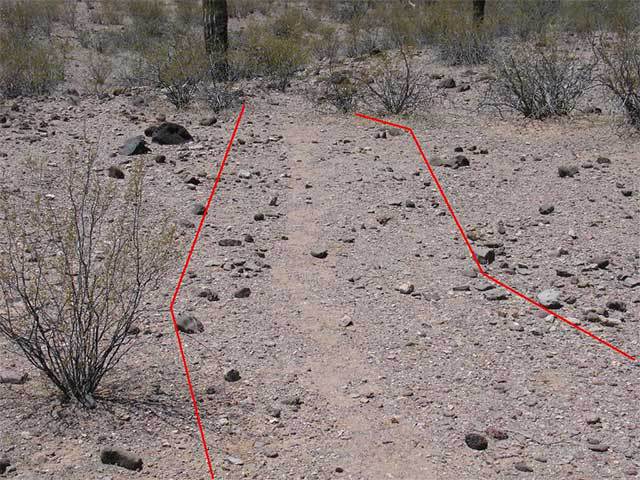How to Find the Right Bug Out Bag
I am frequently asked questions around the subject of Bug Out Bags. There is certainly a lot of interest and for good reason. Seeing as how we are in the middle of Hurricane season (regardless of whether we have seen a significant one yet) it makes sense especially for those living near coastal areas to have a plan to evacuate. That plan will undoubtedly require packing supplies that you may be forced to live on of for an extended amount of time. Even if you live in the middle of the country and the closest coast is a thousand miles away, some emergency event might require that you pack up and leave with very little advance warning. This is when having a bug out bag will come in handy.
To those who are new to the concept of a Bug Out Bag, or Survival Bag it is simply a bag with food, water, clothing and shelter enough to last 72 hours on average. This bag is almost always in the form of a backpack because that is designed to be worn easily if you need to walk on foot. Also, this configuration is best for holding weight that all of that food clothing and shelter is going to incur on your back. Additionally, the bag is going to hold your entire bug out gear to accompany the rest of your supplies. There are a myriad of resources online and YouTube for bug out bag lists or you can read our post on the subject for more detailed information on what to pack in your bug out bag. A bug out bag is different from a Get Home Bag, but they serve similar needs. A Get Home Bag should give you what you need to make it home from wherever you are, usually work or school.
Do you need to worry about a Bug Out Bag? That’s a great question but it really comes down to the individual and the situation you are faced with. Do you live in a big city or in the country near a chemical plant? Do you have a place to go if you had to trek on foot away from everything you own? Is your health good enough that if you strapped 50 pounds of gear to your back, could you walk 3 days if needed? Do you know how to use anything you have spread out on the floor for your bag?
I talk about the reasons for and against the actual act of Bugging Out in the face of most scenarios but I like to say that reality always gets a vote. Regardless of whether you have any intention of leaving the safety of your home, circumstances you haven’t even thought about might compel you to ditch your plans and strap on that bug out bag to walk into the sunset. If that event happens, it is wise to be prepared.
Identify what you need the bag for
When I first started officially prepping back at the end of 2008 I was like so many other people and the overwhelming need to get a bug out bag packed and ready to go was an all-consuming thought. I researched a ton of blogs and forums, read books and watched dozens of videos until I knew or thought I knew everything about a bug out bag. I had my first bag all packed up and ready to go and then I tried it on. It was very shortly after that my plan started changing and it is with the hindsight of a few more instances like that that I want to share with you some of my mistakes so that it may help you avoid making them yourself.
I was overly focused on “the stuff” I needed to go into my Bug Out Bag and didn’t give as much thought as to what I needed the bag for in the first place. Knowing where you are going and what you are going to do is packing 101 stuff, right? If you want to pack for a business trip let’s say; you lay out everything if you are like me according to what you are going to do on the trip to make sure you are covered for every contingency. This makes packing anything easier.
I didn’t do that with my personal bug out bag. What I did do was make a list of everything I needed to have and then I went out and bought it or consolidated it into my bug out pile. My pile was larger than the pack I had chosen and when it came time to put everything into the bag I realized I needed to rethink some things.
Most of you are building a bug out bag as something you can grab and go out the door never to return again and this would be consistent with what the general consensus is for having a bag like this in the first place. However, we are almost never in any situation, flying out the door blindly running down alleys. That is unless you are Jason Bourne and well, that’s the movies.
If you are forced to pack up, you should know where you are going. This may be to a friend’s house or an old college roommate in another state or Aunt Bunny who lives an hour away. What does this bag need to hold in it to make your life bearable at Aunty Bunnies house? Do you need that entrenching shovel, hiking poles and a camp axe? Maybe not. Do you need 2 gallons of water and your winter snowshoes? Maybe you do. Knowing where you are most likely going is going to help you with the next decisions.
Once you know what you need the bug out bag for, you will know what type of bag is right for your needs.
Identify what you are going to carry in the bag
Lay everything you will need to pack out so you can inventory easily.
If I am being honest, one of the shallow pleasures of prepping for anything is getting new gear. Yes, I will admit that I like buying gear and trying it out. This has nothing to do with vanity, I like to consider myself a gear geek only to the point that trying out new and interesting items that have multiple purposes and could save your life appeals to me. In the beginning as I was getting my pile of gear together that would save our lives I thought more about what I was acquiring that thinking about what I needed. I found all sorts of bug out bag checklists, some of them pages and pages long. Sometimes, I would sit there and listen to YouTube videos and write down everything was said. When it was all said and done, I had a huge pile of gear and my bank account was a lot lighter.
Going camping was a huge eye opener for me and it taught me more about what I needed to pack than any YouTube video could. Well, in truth it put the lists I had been compiling into perspective. It’s funny how life has a habit of doing that when you are packing almost 70 pounds of gear on your back. I recommend that anyone who has plans for a bug out bag take this camping for two nights in the woods. You don’t have to go 50 miles in the wilderness, but take this bag with all of your stuff and hike (so you are forced to carry the bag) into the woods and set up camp. You will be surprised at how quickly you realize the items you have but don’t need and the items you wish you had.
Once you have a better idea of what you need to put into your bag, lay all of those items out on a table because the size of your bag is going to need to fit all of that gear. Can you get by with a day backpack or do you need a larger 4,150 cu size pack to fit everything. It may be helpful to try out a friends backpack first if you don’t have one yourself or go to the store and try them on in person.
Identify your price range
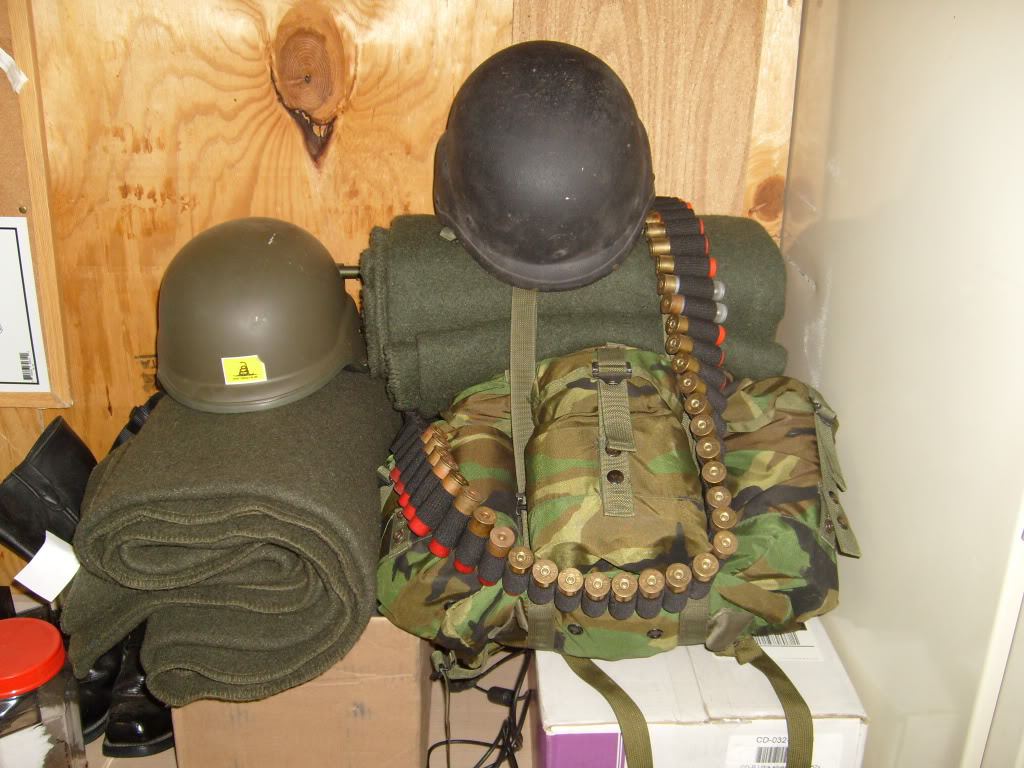
Military surplus gear is a cheap and rugged option.
This may sound like it shouldn’t be important. I mean how can you put a price on your survival? Well, it should be because if you are like most preppers I know (including me), this will not be your last bag. Take time to shop around for bags and don’t necessarily believe all of the hype that surrounds the mil-spec types of bags. By that I mean the bags that look like they are ready to go to war on the back of some soldier in Afghanistan. These routinely come with price tags over $200 and I don’t think that is necessary for a bug out bag.
Remember, if this is truly going to be a bug out bag that is ready for you, you should have it packed at all times and ready for you to grab and walk out the door. Do you want to spend upwards of $500 and then shove it in the closet for a year?
The opposite is true also because my first bag was very cheap. I purchased a used army Alice pack from Ebay for around $20. These were just like I remembered and are roomy enough to hold anything you can probably need. They aren’t the most comfortable though and if you are trying to stay discrete, having a military style backpack isn’t usually the first thing that comes to mind. I chose this bag because the use is perfect and the price was incredible. In the end I didn’t use it though. Instead, I take my alice pack with me when I go hunting and it is perfect for that. I just don’t want to lug it around if I am bugging out.
OK, now what?
So you are asking yourself, when is he going to get to the part about how I can find the perfect bug out bag? OK, here are the steps I would take in order to help you select your bug out bag.
- Understand what you need the bag for. Is this to get to a neighbor’s house on the other side of town or family two states away? Are you going to be on the water with this bag? This will help you with size, features and function. Most bags simply hold varying amounts of stuff.
- Knowing that, figure out how much gear you need to carry. Backpacking trips are excellent practice. You may need to buy some camping gear, but this will teach you what works and what doesn’t. It will additionally let you know how much room and weight you should plan for.
- Choose your price range and shop within 20% plus or minus from that point. Craigslist and eBay have great deals, but you may end up spending more time (on Craigslist) or end up getting inferior product (eBay). I would stay away from higher end bags unless you find an unbelievable sale. LLBean for example makes great bags for very reasonable prices but you can find great closeout prices on last year’s models too.
- Go into a store with backpacks and try them on before you buy. It is also important to measure yourself to get the right pack for your body.
- Once you have your bag, pack it with all of your gear and go hike for a couple of miles. Doing this in the neighborhood might seem odd, although we have a lady here in our neighborhood who does much stranger stuff. If the neighborhood won’t work, take your pack to the closest hiking trail. Nobody will know you aren’t training for an extreme hiking trek and it will either show you that you need to lighten the pack or affirm that you have done this part correctly.
- Plan for a dry run. Cut the power to your house and live out of the pack for 3 days. If you do all of the above successfully, you have a perfect pack. Now lock it in the closet and start some other preps!
I am frequently asked questions around the subject of Bug Out Bags. There is certainly a lot of interest and for good reason. Seeing as how we are in the

